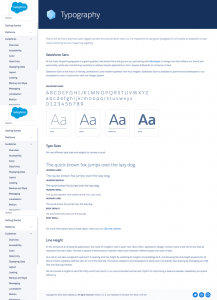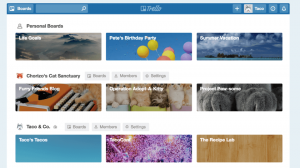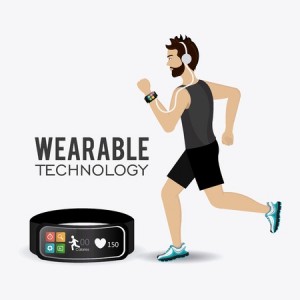When visitors land on your website, you want their experience to be smooth and intuitive.
Understanding what human-centered design and user experience (UX) is and the differences between them help you serve up features and keep people engaged from the second they land on your page. Here’s how to make the most of users’ experience.
How to Optimize Your User Experience to Delight Your Target Audience
There are several ways you can build a positive experience for both your prospective and existing customers.
Learn About Human-Centered Design.
Human-centered design is built around the people using your website. From concept to completion, the creator considers how each element impacts usability. This method looks at the problems the customer faces first and seeks solutions to those pain points.
User experience is tied to human-centered design, but they are also distinct from one another. UX has to do more with accessibility and usability, but may not consider the emotions and psychological aspects of the person using the finished product. Ideally, UX and human-centered design work together to create a positive customer experience.
UX and user-centered design work together in several ways. UX may be more at play as you design the interface, and then as you move toward engaging emotions, you’ll move more into user-centered design.
The key thing to remember is that user-centered design considers every aspect of how humans interact with a website, store, app, or brand, while UX focuses more on the functions of such things.
Use Human-Centric Design Everywhere.
Human-centric design isn’t limited to your website. You should consider the people you’re serving in everything you do as a brand.
The layout of your store should be intuitive and pleasing to your customer base. The furniture you choose for an office waiting room should consider who will sit there, what their favorite colors are, and if the chairs are comfortable. Even the look of your packaging should take into account your target audience’s preferences.
You should also consider your employees in a human-centric design. Look at every detail. For example, natural lighting improves productivity, so look for ways to bring outside light indoors.
Creating a space humans love requires putting yourself in their shoes, gathering feedback, and making improvements. If you notice people enter your store and look as though they don’t know where to go first, you should add some directional cues and signage for them. Look for ways to ease their experience and make it seamless.
Improve Leadership.
Human-centered businesses know how to lead with confidence. Meeting your employees’ needs shows the outside world you care about what you do and who you come in contact with. Know why you have a human-centered approach, and share those insights with your workers.
The Deloitte 2019 Global Human Capital Trends survey showed 59 percent of respondents don’t think their companies are ready to fulfill leadership requirements. At the same time, most of them thought leadership was a top priority for future growth and success. How do you counteract these numbers?
Get to know the preferences of your employees and customers. Would your staff prefer a four-day workweek, but your customers want five-day availability? How can you mesh the two worlds? Perhaps you could make Fridays half days and meet the needs of both. Look for creative solutions.
When you focus on people — customers and staff — your managers have a robust philosophy to follow. Your attitude will trickle down to everything you do as an organization. Your employees will put customers’ needs first and come up with creative solutions to ensure they offer top-notch service.
Develop an Excellent Brand Image.
When you become a customer-first company, you immediately improve branding. Most people wouldn’t care if top brands went away forever. You must measure customer happiness and find ways of reaching out to your clients so you can improve.
Word-of-mouth marketing is one of the most effective ways of gaining new customers. If you keep your current customers loyal, they are much more likely to drive additional business your way.
The last thing you want is poor word-of-mouth marketing, though. If your customers are unhappy, your business will suffer. Do everything in your power to provide a positive CX, and your customers will spread the word to their family and friends.
Avoid Product Problems.
Designing for human needs helps ensure the product functions the way it should. When you take a customer-centric approach, you think about the problem the user faces. What pain point are you solving? Does the product fix that issue for the user or make things more difficult?
Test everything thoroughly before selling. Look for small things to improve over time. What do customers complain about? How can you avoid those same gripes in the future?
As a human-centric brand, your goal is to solve problems before they arise. Enlist the help of your family, friends, top customers, and employees. Test any prototype before perfecting it and releasing it to the public. Ask for help in fixing any issues or aggravations related to the smallest detail, including package design.
The faster you fix issues with your products, the better your reputation becomes. Spend time studying customer service calls. Ask for feedback from those who order from you, and take complaints seriously. Stalk online review sites for negative mentions, and seek ways to fix unhappy situations.
Human-Centered Design: The Ultimate Customer-First Philosophy
Shifting your focus away from mere UX and toward human-centered design ensures your customers get what they expect from doing business with you. Digging down to the core of why people seek your brand in the first place gives you an opportunity to meet their needs. Once they see you’re reliable and understand their pain points, you’ll gain loyal customers.
Digital & Social Articles on Business 2 Community
(55)








